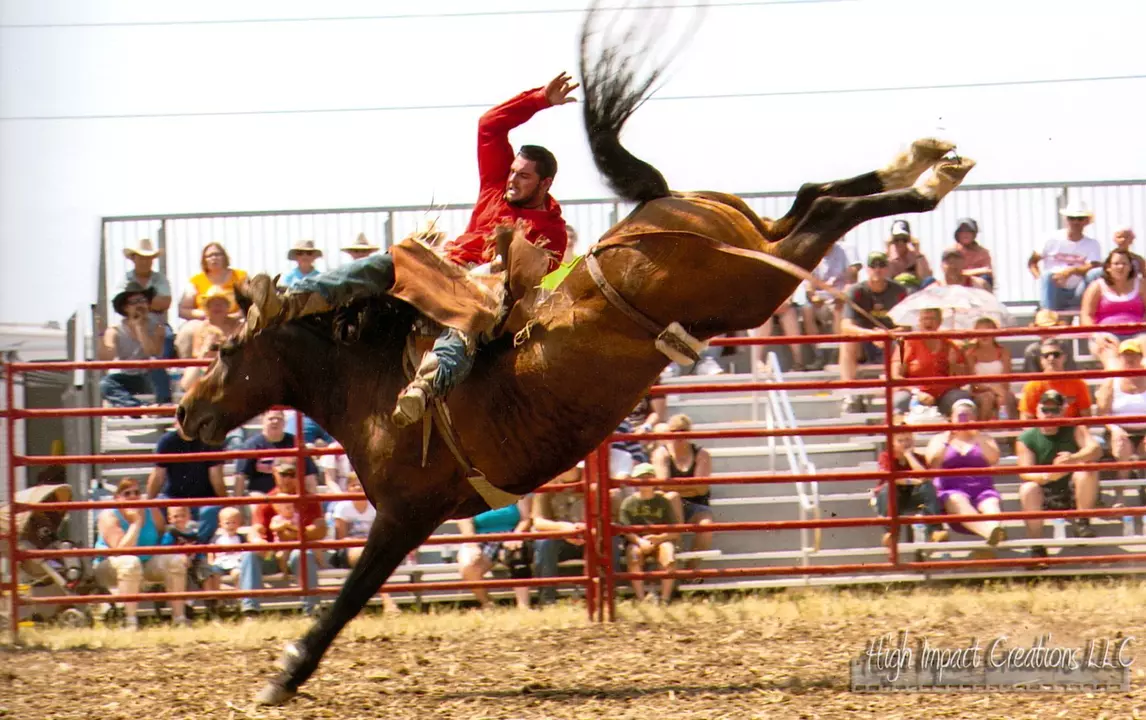Bucking Horses: Why They Buck and How to Handle It
If you’ve ever felt a sudden lift under you while riding, you know the feeling of a bucking horse. It can be scary, but most of the time it’s just the animal’s way of saying something isn’t right. Understanding why a horse bucks and what you can do about it makes the experience less nerve‑wracking and more manageable.
What Causes a Horse to Buck?
First off, a buck isn’t always a sign of aggression. It’s often a reaction to pain, fear, or excitement. A sore back, a tight girth, or a badly fitting saddle can make a horse push its hind legs up to get rid of the pressure. Young or inexperienced horses might buck because they’re still learning how to balance and respond to the rider’s cues. Sometimes a sudden noise or a nearby animal spikes a horse’s fight‑or‑flight response, and the buck is a quick way to get away.
Another common trigger is a desire to go faster. In a race or a high‑energy workout, a horse might buck to push itself forward. The rider’s hands also play a role. If the reins are too tight, the horse feels trapped and may try to escape by bucking. So, a lot of bucking comes down to comfort and communication.
Safe Ways to Deal with a Bucking Horse
The first rule is to stay calm. A nervous rider can make the horse more anxious, which often leads to more bucking. Keep your eyes forward, breathe steady, and grip the reins gently. If the horse lifts its hind legs, shift your weight slightly back and let the horse move the way it wants for a moment. This prevents you from pulling too hard and hurting the animal.
Next, check your equipment. Make sure the saddle sits evenly, the girth isn’t too tight, and the stirrups are at the right length. A quick adjustment can stop a bucking habit before it starts. If the horse is still bucking, use a gentle voice command like "whoa" or "easy" while applying light pressure on the reins. The goal is to guide, not to fight.
After the ride, take a few minutes to talk to the horse on the ground. Patting its neck and speaking softly helps it understand that the ride is over and that it’s safe. If bucking happens often, it may be worth a vet check to rule out pain or a trainer’s assessment to address any behavior issues.
Remember, bucking is a natural response. By keeping your gear right, staying relaxed, and communicating clearly, you can turn a bumpy moment into a learning experience for both you and the horse.
What causes a horse to buck in a rodeo?
During a rodeo, a horse may buck for various reasons. One primary cause is the discomfort from the flank strap, which is tightened around the horse's abdomen, leading it to buck in an attempt to get rid of the irritation. Other factors include the horse's natural instinct to protect itself from perceived threats, such as a rider on its back, or a sudden noise or movement that spooks the animal. Additionally, some horses may have a higher tendency to buck due to their breed or temperament. Overall, a combination of physical discomfort and the horse's innate instincts contribute to bucking in rodeos.
READ MORE